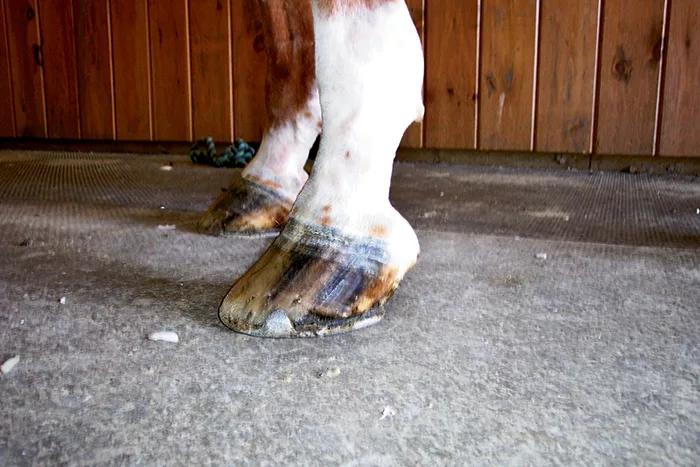American Farriers Journal
American Farriers Journal is the “hands-on” magazine for professional farriers, equine veterinarians and horse care product and service buyers.

Horses that have longer pasterns may do better with more frequent shoeings.
Señor Coco, a 6-year-old Thoroughbred gelding no longer being used on racetracks, sustained a basilar sesamoid fracture.
The legs of Thoroughbreds are generally considered delicate compared to their cooler-blooded brethren, but with stringent conditioning regimes and advancements made in veterinary diagnostics, injuries like Señor Coco’s can be treated.
Because of the complex relationship between other bones and the suspensory apparatus that comprises the pastern joint, these cases do not always have happy endings. Even the best-case scenario will render the horse’s ankle too weak to withstand the rigors of strenuous exercise because of poor blood supply to the area coupled with repetitive tensile force.
As a result, recovery is usually slow with only a fibrous union serving as the stabilizing force as opposed to actual bone.
Sesamoid fractures are usually seen in foals or Thoroughbreds at the track, and are usually on the front legs (Standardbreds tend to get them behind more frequently). And, because sesamoid fractures are usually associated with young horses, it may be safely assumed that bone strength and development play a leading role1.
Coco was lucky; the pastern joint was not affected, which enabled him to undergo a series of shock wave treatments to speed up the healing process. But, because he has long sloping pasterns and low heels, his shoeing required special attention, according to his farrier, Jeff Myrick.
In the front hooves, a long, sloping pastern…